The Ultimate Guide to Wall Art for Every Room: Sizes, Styles & Color Pairings
Blank wall? We’ve got a plan. In this step‑by‑step guide you’ll learn exactly how to pick art you love, make it work with your palette, size it to your furniture, and hang it with confidence. Along the way, discover curated Artoholica picks you can add to cart in seconds.
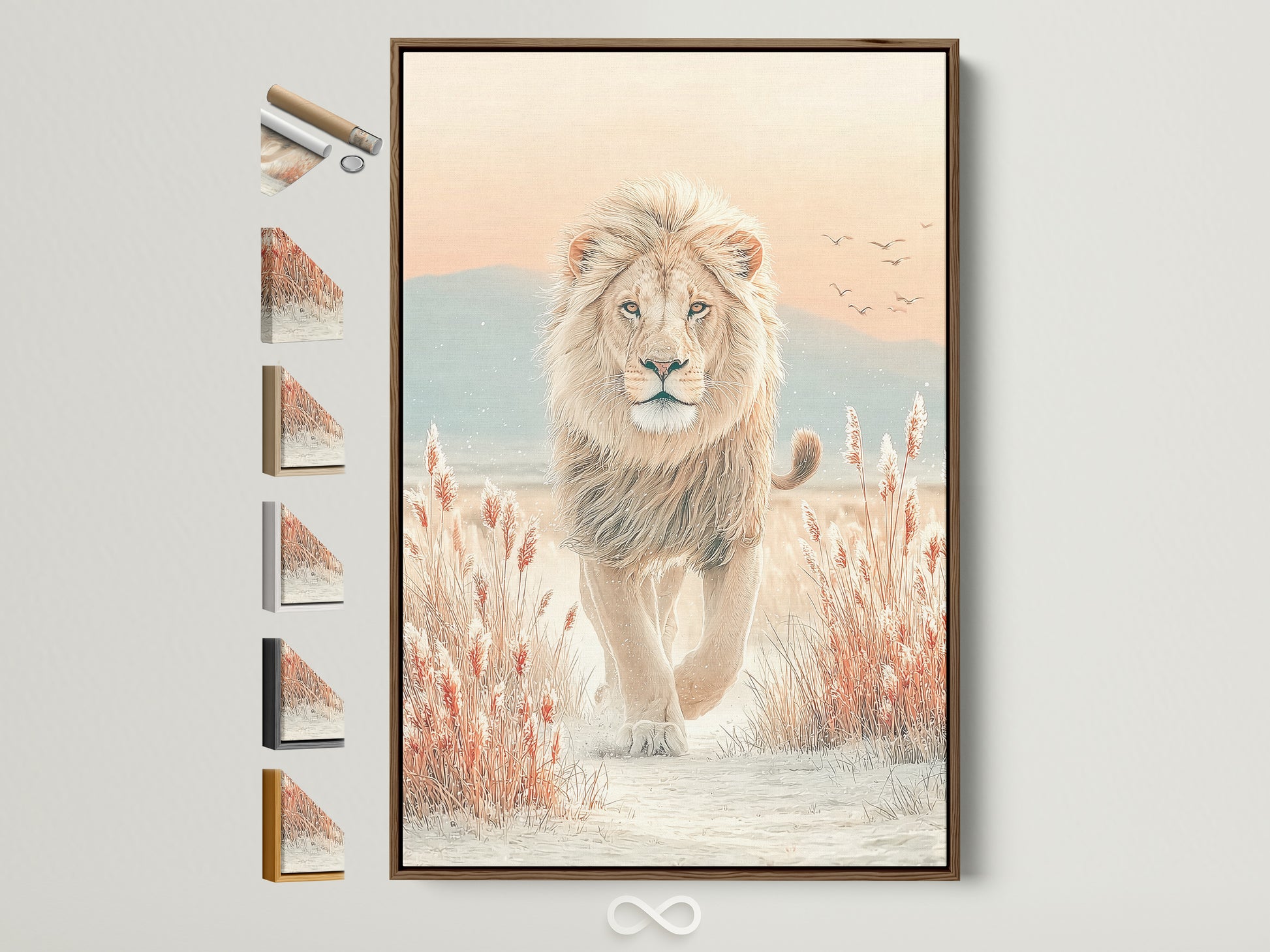
Quick start: 7 rules that always work
- Match the mood to the room: restful for bedrooms, energizing for kitchens and studios, welcoming for entries.
- Size to the furniture: target two-thirds to three-quarters the width of what’s beneath (sofa, bed, console).
- Mind the line of sight: hang the art’s center around eye level (approx. 57–60 in / 145–152 cm from the floor).
- Leave breathing room: 6–10 in (15–25 cm) above sofas and headboards; 3–6 in (8–15 cm) between frames in a gallery wall.
- Color sync: pull 1–2 hues from textiles (rug, pillows, bedding) or choose complementary contrast using a color wheel.
- Finish for light: low‑glare matte in bright rooms; glass/acrylic for crisp contrast; light oak frames for warmth.
- Buy better, less often: archival inks, sturdy frames, and ready-to-hang hardware save you time and money.
“Design is intelligence made visible.” — Alina Wheeler
Pick a style by room
Use the room’s function to narrow the field, then layer personality. A few high‑confidence pairings:
| Room | What always works | Try these collections |
|---|---|---|
| Living room | Large abstracts, cityscapes, landscape horizons | Abstract & Geometric, Cityscapes & Skylines |
| Bedroom | Soft botanicals, serene wildlife, minimal pieces | Floral & Botanical, Animals & Wildlife |
| Kitchen & dining | Playful still lifes, vintage prints, typography | Floral & Botanical, Food & Drinks |
| Office & clinic | Monochrome photography, calm abstracts | Black & White, Abstract |
| Kids & nursery | Whimsical animals, bright illustrations | Kids & Nursery |
| Bath & laundry | Coastal motifs, minimal linework | Nautical & Coastal |
Color rules made easy
Start with your room’s dominant neutrals (floors, sofa, bedding), then pick art that either harmonizes or high‑contrasts.
- Tonal harmony: choose art within two shade steps of your textiles for a serene feel (think beige‑sand + warm gray + sage).
- Complementary lift: pair opposites on the color wheel (blue ↔ orange, green ↔ red) for energy without chaos.
- Accent control: echo a single accent color in 2–3 places (art, pillow, vase) to make the palette feel designed.
Sizing & spacing (formulas that fit)
Use these quick formulas—no math anxiety required:
- Over a sofa or console: art width ≈ 0.67–0.75 × furniture width. Hang the bottom edge 6–10 in (15–25 cm) above.
- Over a bed: target 0.6–0.8 × mattress width. For low headboards, go taller; for high headboards, go wider.
- Gallery walls: treat the whole arrangement as one rectangle; keep 3–6 in (8–15 cm) between frames.
- Eye‑level center: aim for a center height around 57–60 in (145–152 cm) from floor to mid‑art.
Living room playbook
Your living room carries the home’s first impression. Keep large art anchored to furniture so it doesn’t float. A landscape horizon or an abstract with clear movement brings flow across seating.
Try a single statement piece above the sofa, or balance two sizable canvases over a long sectional. If your room is open‑plan, repeat a color from the art elsewhere to connect zones.
Bedroom calm & character
Soften edges with botanicals or wildlife in gentle palettes. A diptych above the headboard reads orderly and restful. Avoid high‑gloss glass facing morning windows; matte finishes keep glare low and mornings gentle.
Kitchen & dining charm
Food art and playful typography love a kitchen’s energy. If you have open shelves, use art to soften all those straight lines—lean a framed print behind canisters or a coffee grinder and swap seasonally.
Workspaces & clinics
Choose calm imagery with clear structure to reduce visual fatigue for staff and clients alike. Monochrome photography and graphic abstracts present as professional and timeless. In waiting areas, aim for gentle interest over high drama.
Bathroom & small spaces
Humidity‑tolerant canvas or framed prints with sealed backs are ideal. Narrow spaces (entry, hall) thrive on vertical art that visually heightens the area. In half baths, one confident piece beats multiple tiny frames.
Nursery & kids’ rooms
Choose joy first: friendly animals, bright but not over‑saturated colors, and sturdy frames. Keep eye‑level lower and avoid glass near cribs; canvas or acrylic glazing is safer.
Designing a gallery wall (without chaos)
- Pick a common thread (color, subject, or identical frames).
- Lay out on the floor; photograph options; choose one “hero” piece for the strongest corner.
- Keep consistent spacing: 3–4 in (8–10 cm) for small frames; 4–6 in (10–15 cm) for larger.
- Use paper templates to place nails; start from the center and work outward.
Frames, finishes & materials
Canvas arrives ready to hang and hides reflections—great for bright rooms. Framed prints add polish; choose acrylic glazing if weight or safety matters. Floating frames add a crisp shadowline and look especially premium above sofas and consoles.
Oak warms Scandinavian palettes; black frames punch up modern spaces; white frames feel fresh in coastal schemes.
Seasonal refresh ideas (5‑minute upgrades)
- Swap one print per season; rotate art to a different room for a new look without new spending.
- Change mats (black ↔ white) to fit seasonal palettes.
- Add a small leaning frame to your console setup—instant “styled” energy.
Care, hanging & safety
Use two hooks for pieces over 24 in wide to keep art level. Avoid direct sun for delicate papers; dust frames with a microfiber cloth. In rental homes, adhesive hooks rated for the art’s weight are your friend.
FAQs
- How big should art be over a sofa?
- Roughly two‑thirds to three‑quarters the sofa’s width; leave 6–10 in (15–25 cm) above the back.
- How high do I hang art?
- Center around 57–60 in (145–152 cm) from the floor in most rooms; adjust lower for kids’ spaces.
- Is canvas or framed print better?
- Canvas is light and low‑glare; framed prints feel polished and protective. Let lighting and style decide.
- Should all frames match?
- No. Matching frames = calm, mixed frames = collected. Keep one constant (color or mat) to unify.
- How many inches between frames in a gallery wall?
- Usually 3–6 in (8–15 cm), depending on scale. Keep spacing consistent across the layout.
- What art works best in offices or clinics?
- Monochrome photography, quiet abstracts, and nature studies reduce visual fatigue and feel professional.
- How do I pick art colors?
- Echo one or two hues from your textiles or choose a complementary color using a color‑wheel tool.
- Can I hang art in a bathroom?
- Yes—choose sealed frames or canvas and avoid direct steam; ventilate the room after showers.
References & handy tools
- Adobe Color — explore complementary, triadic, and split‑complementary palettes.
- The 57–60 inch rule — a widely used hanging‑height guideline explained plainly.
- NASA Image Library — royalty‑free space imagery if you’re styling a cosmic theme.
More from Artoholica: browse Abstracts, Cityscapes, Coastal, and Black & White.






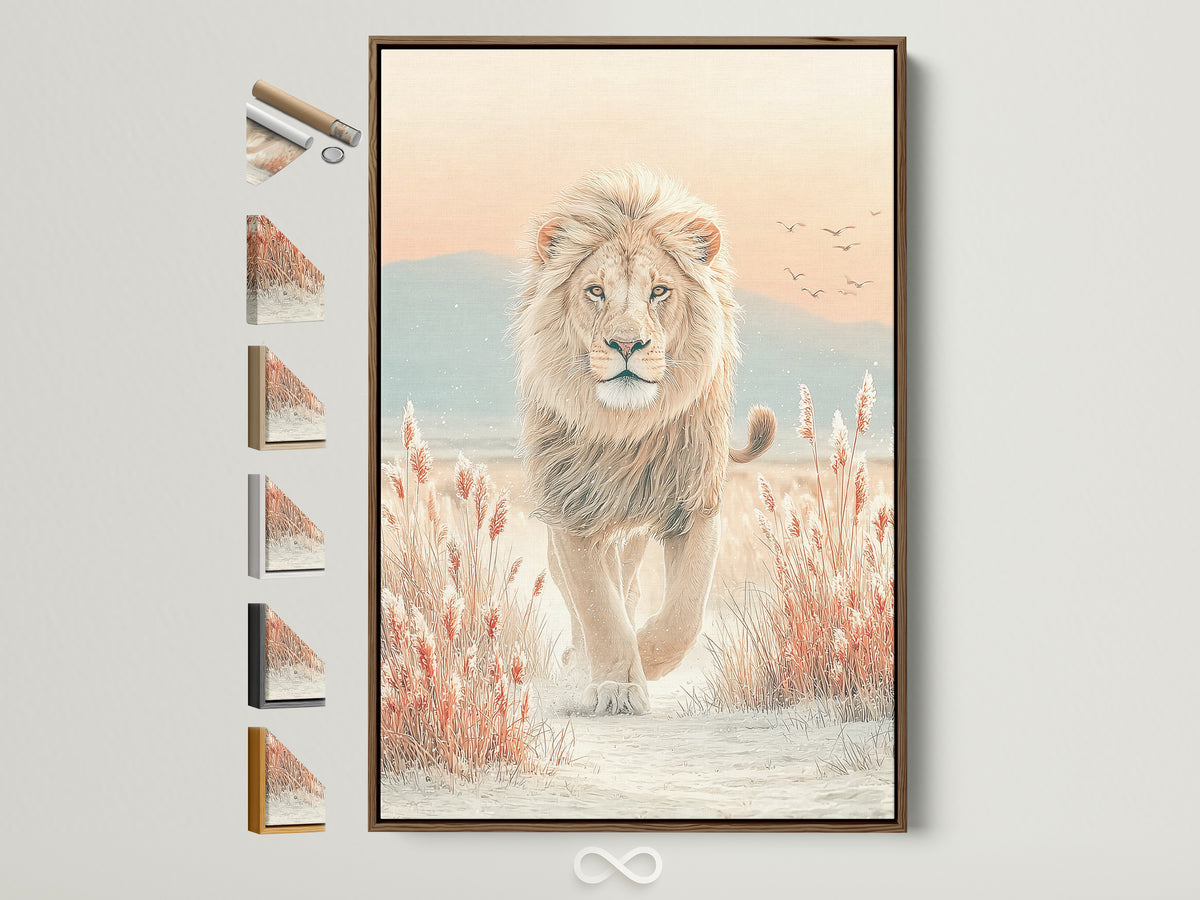
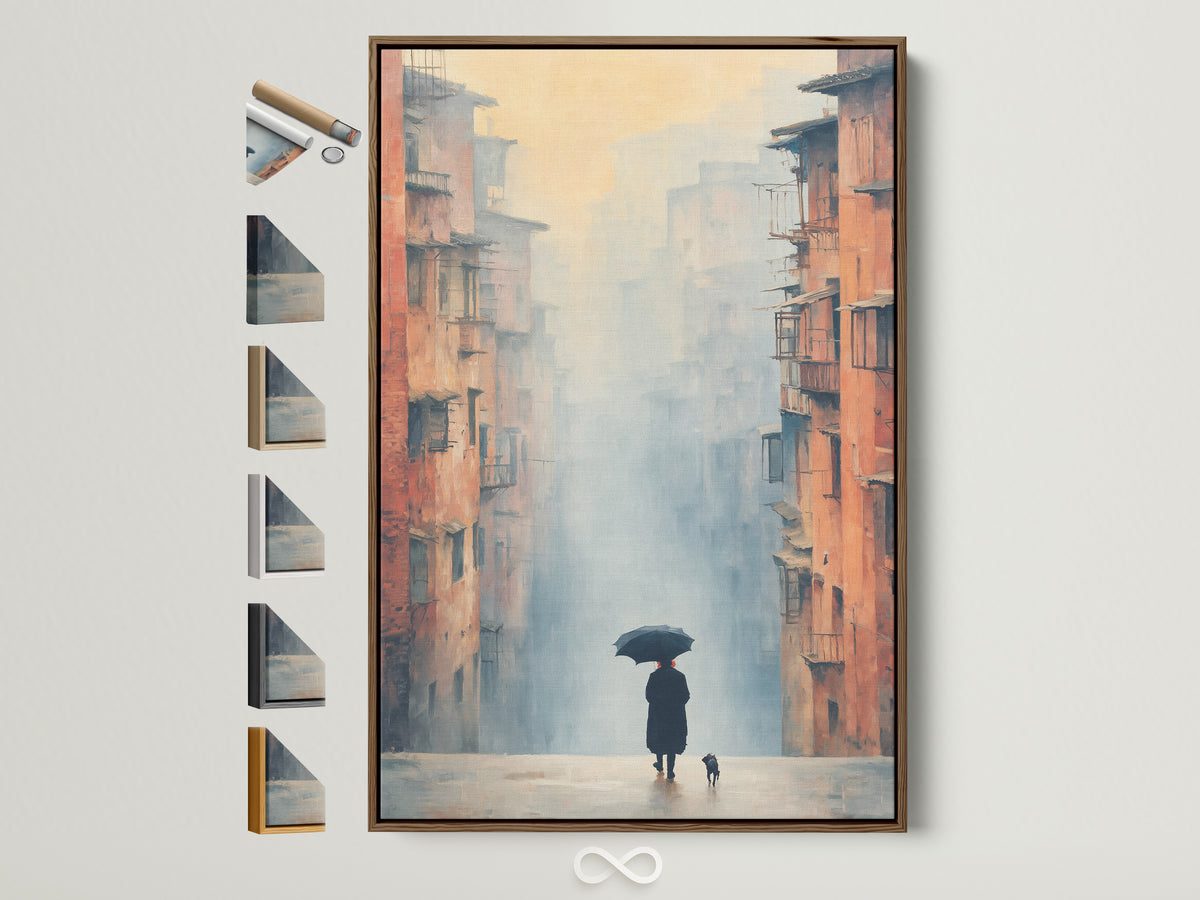
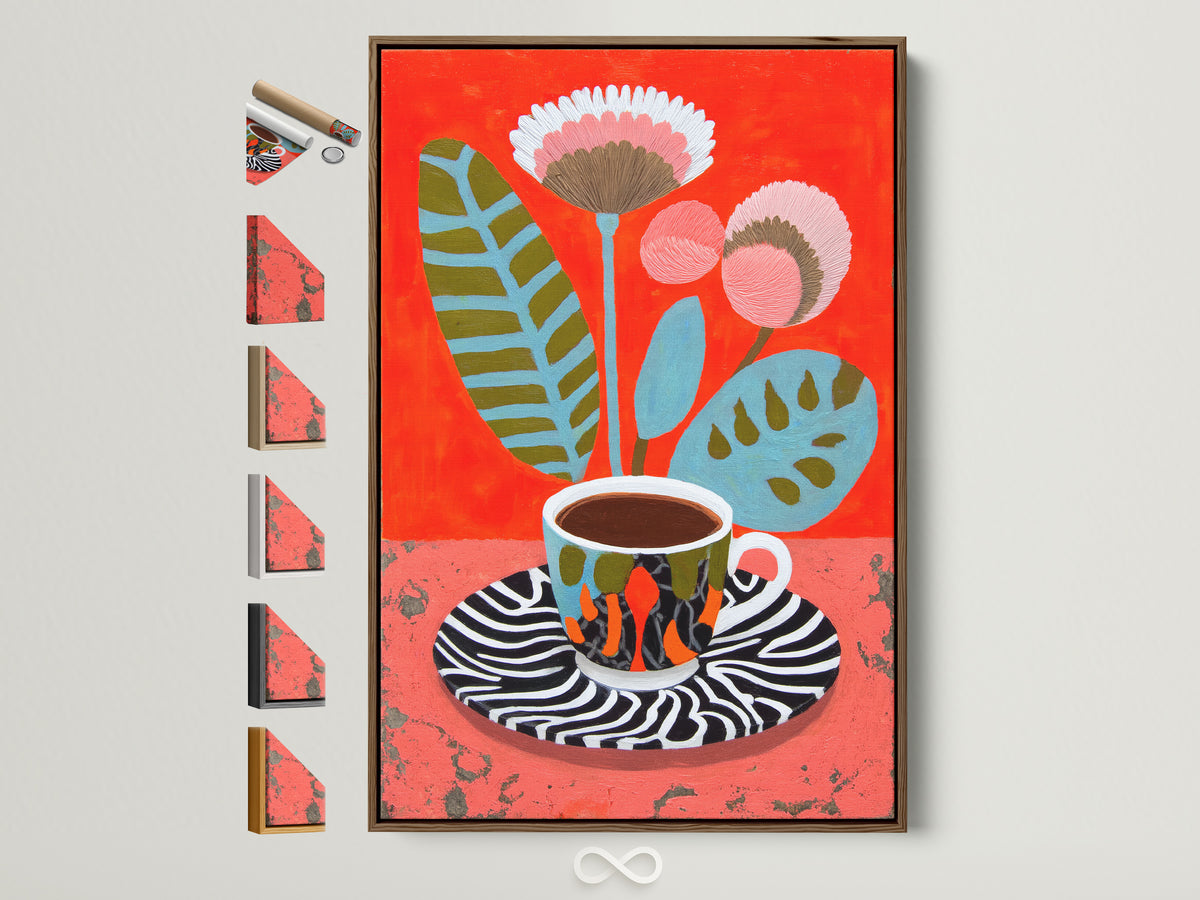
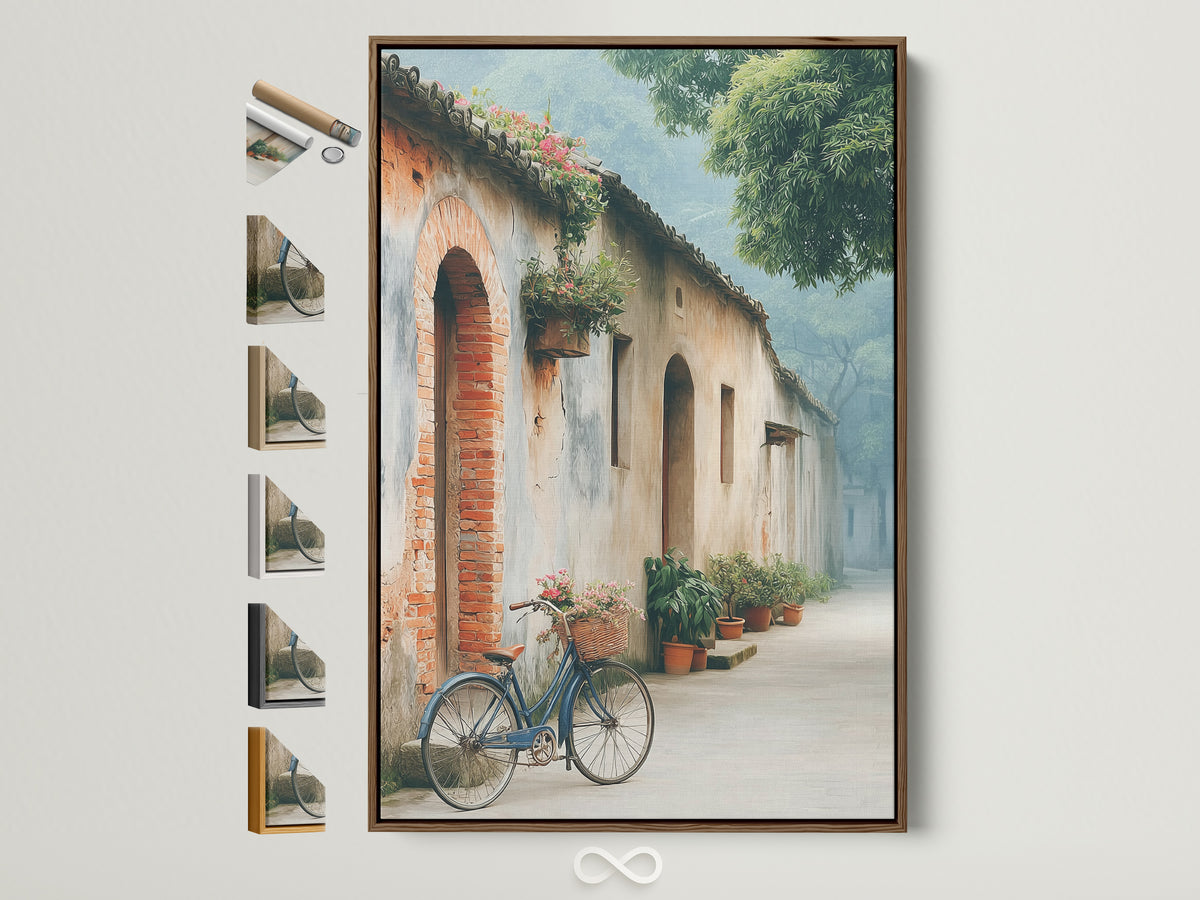
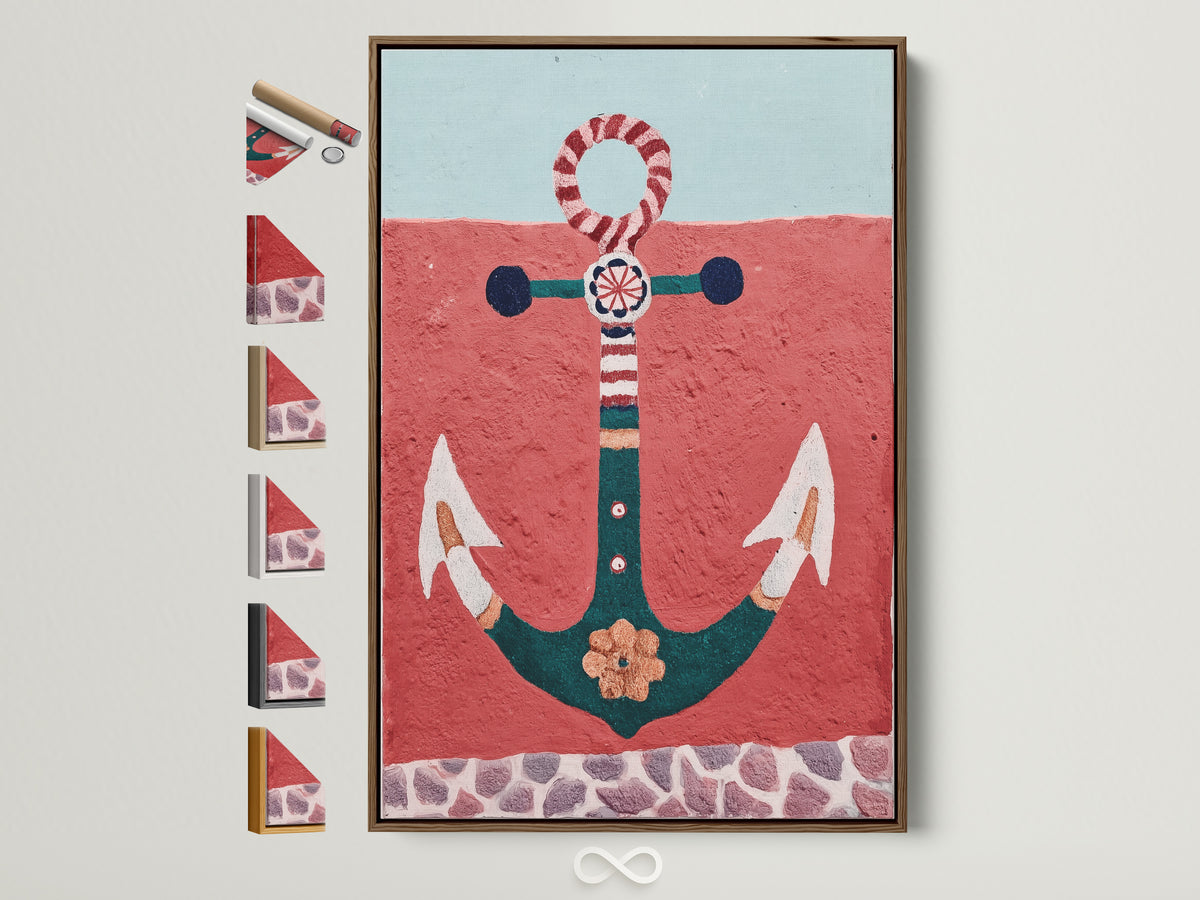
0 Kommentare